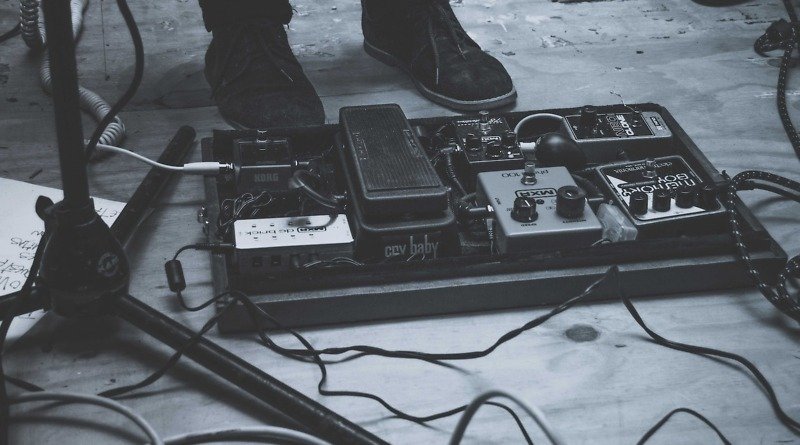Origins of History Interpretation: An In-Depth Analysis of the Forex Market
Humans have long been captivated by the world of history, and the way it is interpreted. But when it comes to understanding the origins of history interpretation forex, it can be difficult to know where to start. This article takes a look at the history of the interpretation of history, from its beginnings to the present day. We will explore the people, methods, and theories that have come together to form the current framework for interpreting history. We will consider the role of archaeology, contextualization, digital technologies, postcolonial critiques, and more. By the end, you’ll have a better understanding of the origins of history interpretation and the place it has in our cultural landscape.
Origins and Elements of History Interpretation Reviews
Historiography of the Philippines refers to the studies, sources, critical methods and interpretations used by scholars to study the history of the Philippines. It is essential to understand the origins and elements of history interpretation reviews in order to fully comprehend how the review process works and which components are necessary for the successful completion of the task.
The main elements of the history interpretation review process involve the identification and evaluation of historical sources, such as documents, artifacts, and other records related to the past. This includes selecting the most relevant sources and assessing their validity based on their content, subject, and time period. Additionally, it also involves constructing an argumentation based on the sources and analyzing the evidence within the sources in order to draw conclusions. Furthermore, it is important to review the methods used by historians in interpreting the past and detecting potential biases.
It is also essential to understand how the historical context of the material being reviewed shapes the interpretation of the review process. This is particularly true when multiple sources are present and one is trying to determine which sources are the most reliable in determining the validity of the argumentation. In most cases this involves comparing the conclusions of each source against the evidence found in other sources and exploring the political, social and cultural implications of the material being reviewed.
Boerhaave and His Impact on the History Review Process
Boerhaave made daily rounds with his students, reviewing the history, inspecting the patient, examining the urine. He played a major role in popularizing the use of evidence-based inspection and medical histories in general practice. This was a major contributing factor to the growth of the history review process.
Boerhaave is perhaps best known for his ‘trinity of trust’ model for diagnosing illnesses, which is still used in contemporary medical practice. This model states that doctors should trust their own observations, trust the patient’s account of their health issues, and trust the patient’s pathology results. This idea provided the foundation for evidence-based medical practice, where the doctor would use the patient’s medical history combined with laboratory evidence to diagnose illness.
Boerhaave was also a major proponent of peer review, a process in which prominent scholars in a particular field could review the research of others. This concept is now widely used in both the medical and the academic fields as a means to ensure that research is accurate and of good quality.
Finally, Boerhaave invested a significant amount of energy in teaching students how to interpret medical and historical evidence critically. He was one of the first to understand that evidence should be evaluated within the context of the patient, the medical history, and the current standards of practice. The passion he brought to this type of teaching has helped shape the fundamental principles of evidence-based history review.
Peer Review in Historical Interpretation Reviews
Peer review is a relatively recent innovation in the history of scientific publication. The first journal (which is still in print!) was launched in 1665 by the Royal Society of London. The purpose of this publication was to provide a forum for the peer review of scientific research papers. This practice, which ensures the accuracy and correctness of research before it is published, is still practiced today.
Throughout history, peer review has become increasingly popular as an important check and balance in the interpretation of historical evidence. The process ensures that the authors of any historical interpretation are able to present their research to the public in an accurate and reliable form. Peer review also allows authors to ensure that their work is free from bias or error. Having an independent review also helps to ensure that conclusions have been adequately justified, that evidence is relevant and reliable, and that assumptions have been validly justified.
Finally, peer review is important to ensure that the interpretation presented is mutually understood and accepted by a wide variety of readers. Authors are able to not only present evidence, but also to provide constructive criticism so that errors can be addressed and relevancy can be maintained throughout the review process.
Peer review is an important element in the history interpretation review process, helping to ensure that research is accurate, valid, and reliable. By having the work of authors evaluated by a community of peers, accuracy is maximized and bias is minimized.
